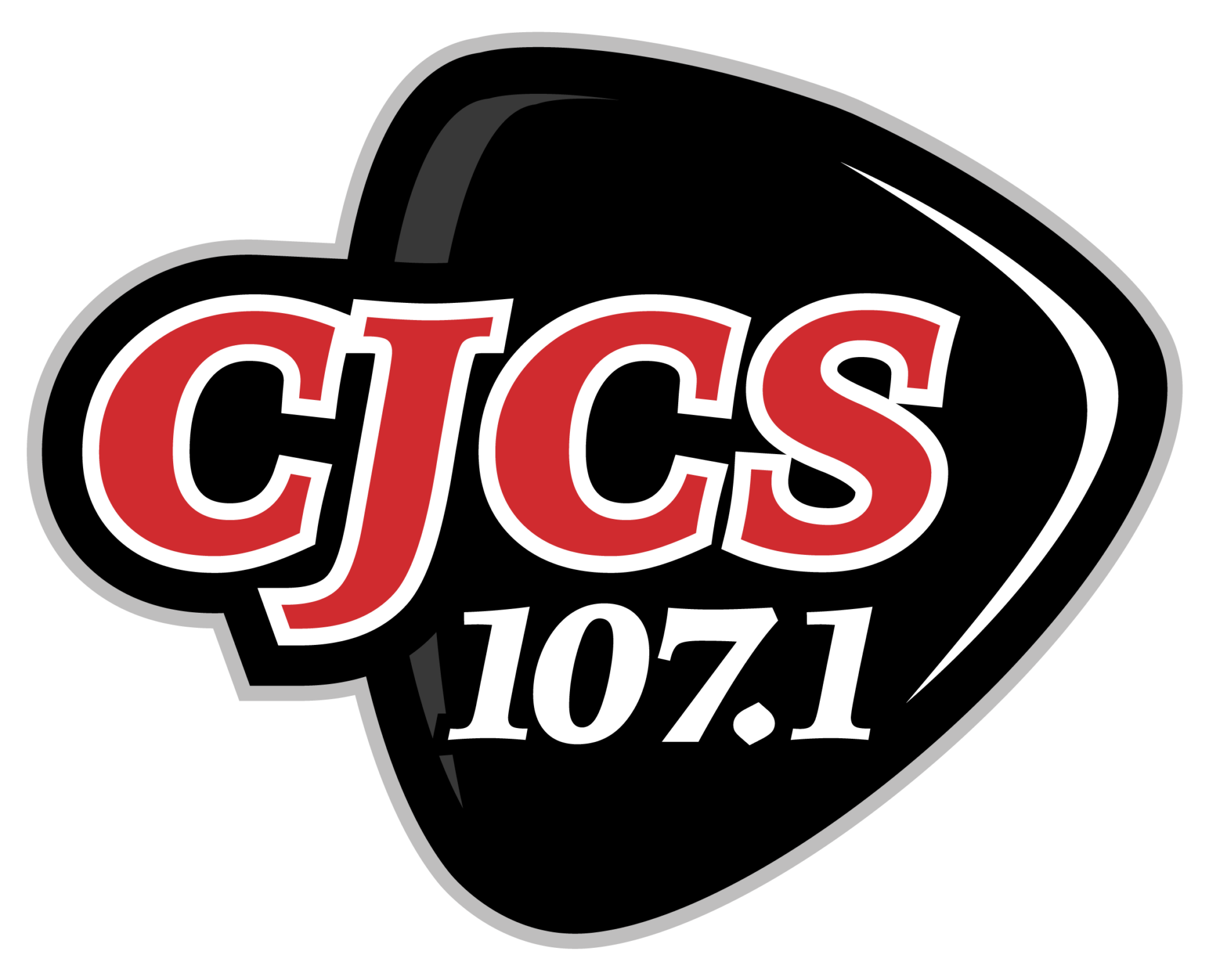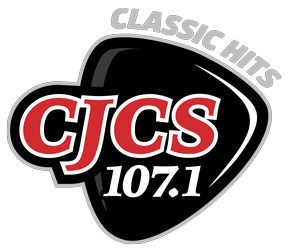Stratford City Council need to look at the “hard” numbers before making a final decision on the Grand Trunk Site.
That’s according to Stratford architect Robert Ritz, who became invested in the historic site when he arrived in Stratford in 1957.
“As a kid who grew up in town, I remember going by that building on my way to church on Sunday mornings with the cars of the workers parked along St. David Street,” said Ritz.
“It was part of Stratford, it made Stratford. As I go through life, becoming an architect, you recognize the value of what makes a city a city and that made this city what it is today, and the stories of it and the furniture plants that drove the economy.”
According to the city, the site was used for steam locomotive repair from the 1870s to the 1960s, but has been empty for decades.
To deal with this, a master plan for the site is in the works, with the goal of transforming it into a vibrant focal point of the community.
With city council having voted to keep a portion of the site’s steel structure, Ritz says they’d still have to pay for that portion.
“What are you going to do with it?,” asked Ritz.
“We got a $3 million box that’s going to be some sort of community facility, and we already have one behind City Hall that costs us money, so what is the purpose of this? How is it working to a master plan for whatever you develop on the site, and how does it fit in with other future development on the site?”
He says while he has seen general numbers of what it could be for a YMCA, community centre, and a library, he hasn’t seen numbers for the building itself.
“The person that should be involved is that engineer that did the 2012 study, and they haven’t been brought to the fold here,” said Ritz.
Ritz says in 2012, Reed Jones and Christoffersen Consulting Engineers conducted a study, showing how much it would cost to fully rehabilitate the site.
Ritz took the numbers and put them into 2025 dollars in a presentation to council, showing that to fully rehabilitate the Grand Trunk today, including the west end damaged by fire and the “annex”, it would cost $9 million.
He adds the current value of the building is $46 million, a “five-time return on your investment.”
“If you throw in another million at the site, you can generate income from up to 300 parking spots to cover the cost,” said Ritz.
He adds while facilities like a YMCA, community hub, library and police station cost money, he argues the building is the solution, not the problem.
He encourages mayor and council to explore what the numbers would be from Jones himself before moving ahead with the site’s fate.






